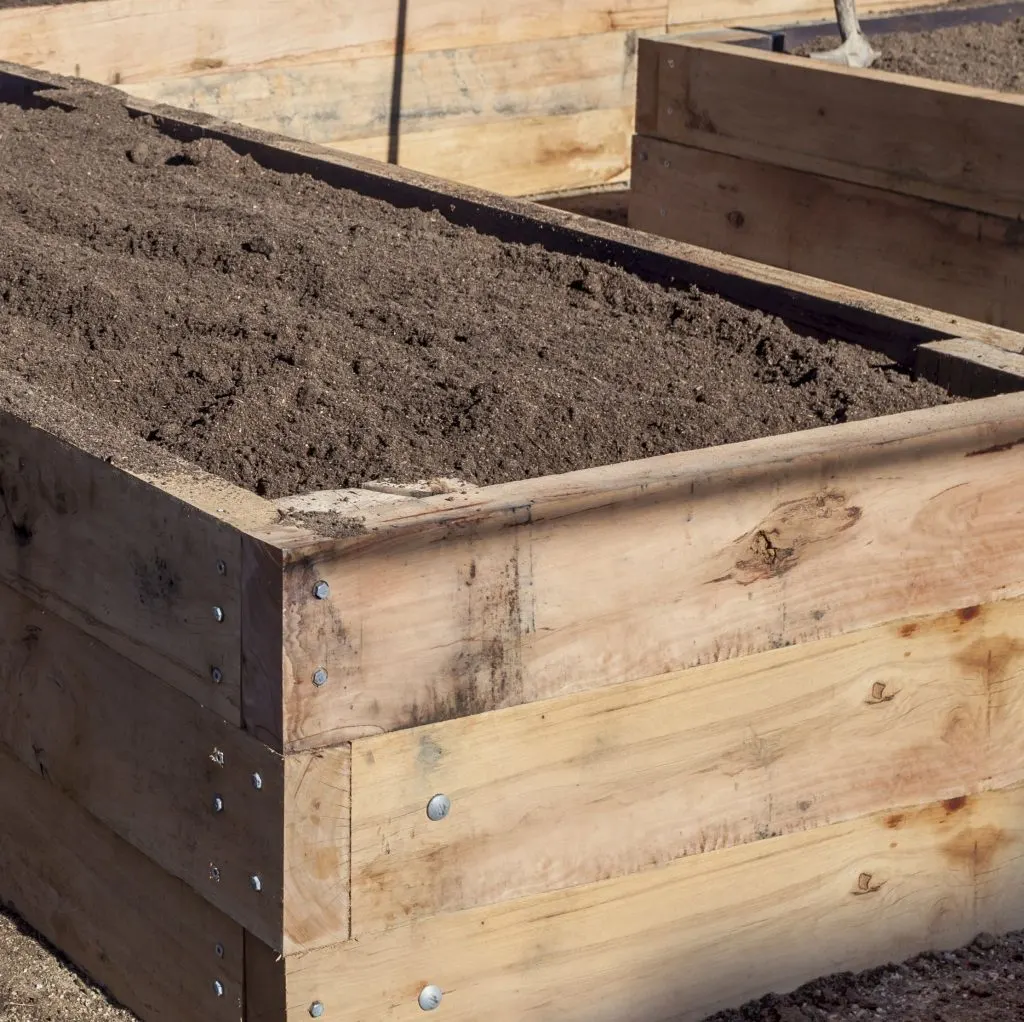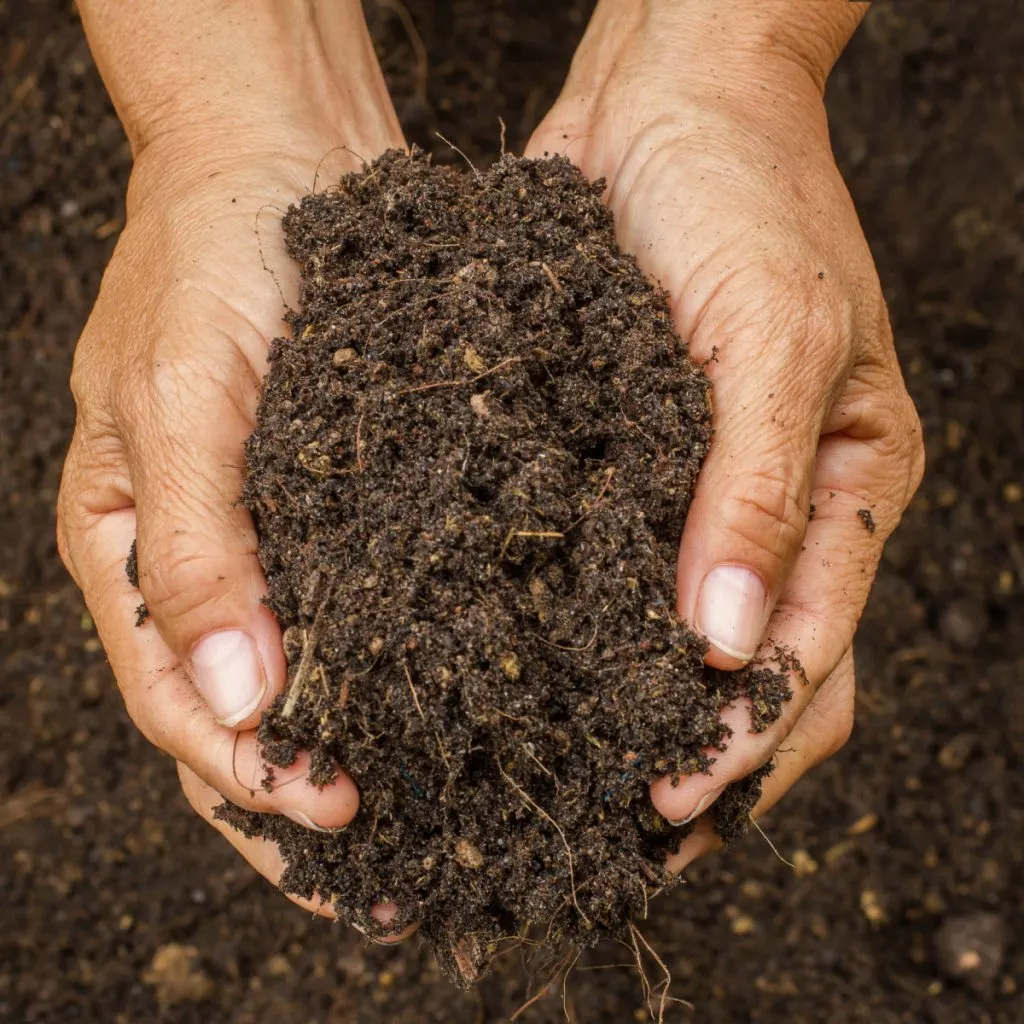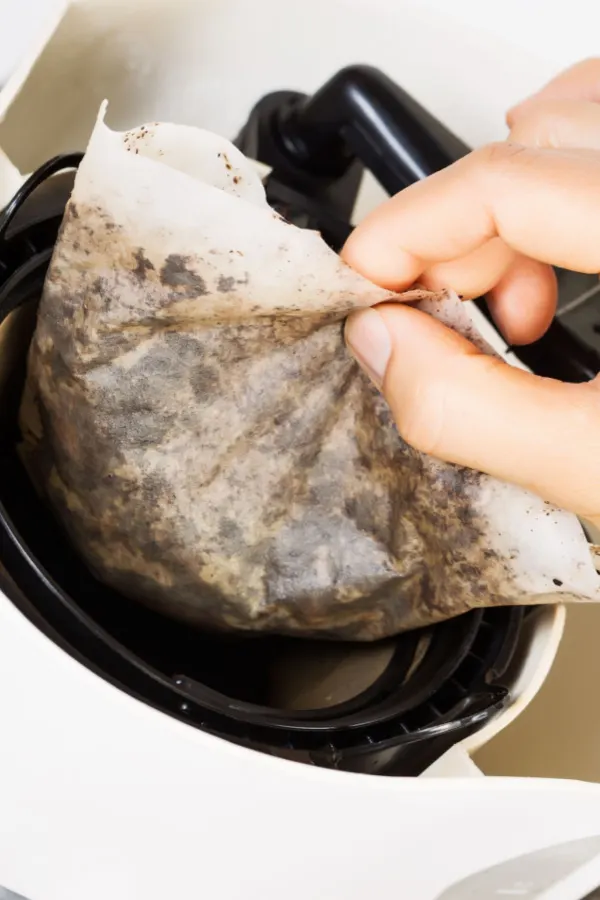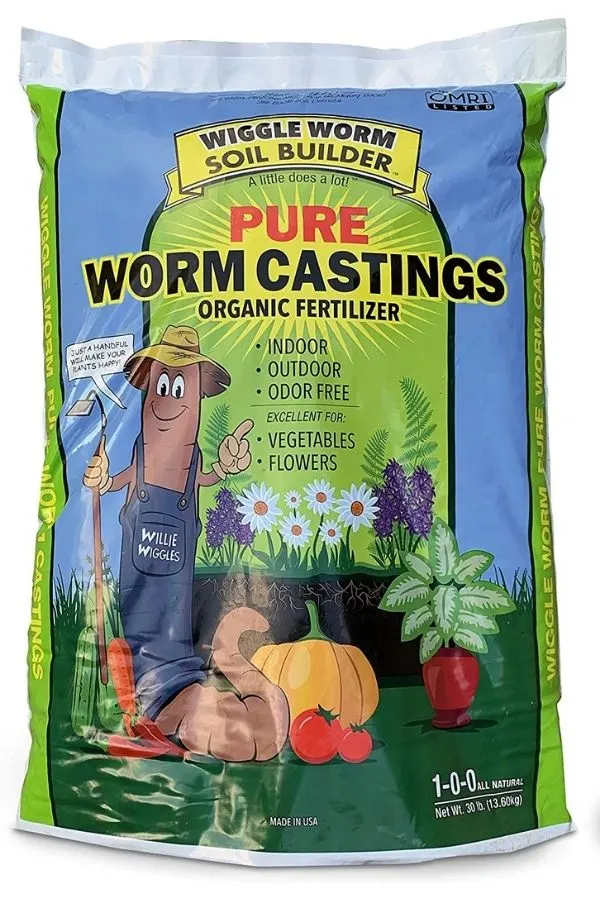Need to recharge your tired raised bed soil this year before planting season arrives?
Raised beds have become more popular than ever – and with good reason. They allow gardeners to grow everything from fresh flowers to vegetables, herbs and more – all without having to have the space or time commitment of a traditional garden.
But if there is one drawback to raised bed growing, it’s finding a way to keep the soil within its walls full of nutrients and life. Let’s face it, growing all of those flowers and vegetables takes its toll on the soil’s fertility. And after just a single growing season, the soil in raised beds can be already lacking in the power and energy plant’s need for strong growth and production.

The good news is that it’s actually quite easy to put power and life back into your soil. In fact, there are 5 simple ingredients that you can add each spring that can quickly re-energize and recharge your soil to bring it back to life.
With powering up your raised bed soil in mind – here is a look at each of those 5 ingredients, along with how to use them to supercharge your soil this spring!
5 Easy Ways To Recharge Raised Bed Soil In The Spring!
#1 Compost
Without fail, compost is the single most effective ingredient you can add to your raised beds each spring to help your soil. Not only to help power it full of nutrients but to also give it better structure and drainage as well.
Plain and simple, if you are not adding compost to your raised bed soil every year, your plants will suffer! Compost is chock-full of a wide array of incredibly powerful nutrients. But even more, it’s also teeming with good bacteria and organisms that give life to soil.
Once mixed with the old, tired soil within your raised beds, all of those nutrients and organisms in the compost work to bring it back to life – and keep it full of life all summer long.

How much compost is enough when adding? It’s actually hard to ever add too much! But with that said, it’s best to use at least four cups of compost for every square foot of existing soil space.
If your beds are already full of soil, simply remove a portion of the old soil and replace it with compost. And whatever you do – don’t throw that old soil away! Instead, add it into your existing compost pile and allow it to recharge as well.
#2 Worm Castings – How To Recharge Raised Bed Soil
One of the most underrated of all soil amendments, worm castings have all of the power of compost – and then some!
Worm castings are the remnants left behind after earthworms chew through the soil. Essentially, they are the manure of worms. And that manure is overflowing with nutrients that can re-energize raised bed soil in a flash. Even better, it’s in a form that the roots of plants absorb with ease as they grow.
Worm castings help to build better soil structure. They also increase a soil’s ability to drain more easily. Even better, castings also help to lighten the overall weight of raised bed soil and increase its overall ability to absorb moisture.
For best results, add 1/2 to 1 full cup of castings for every square foot of raised bed soil space. In addition, when planting in your raised beds, always add 1/4 to 1/2 cup of castings to every single planting hole. Affiliate Link: 100% Pure Organic Worm Castings Fertilizer, 15-Pounds
#3 Wood Ashes – How To Recharge Raised Bed Soil
Did you know that the ashes from your fireplace or fire pit are one of the best free resources around to recharge the nutrients in your raised beds?
It’s true! Wood ashes contain calcium, potassium and phosphorous. And all three of those nutrients just happen to play a pivotal role when it comes to powering plant growth and performance. Unfortunately, these three nutrients are the first to disappear as plants grow and absorb them from the soil.
But by simply adding wood ashes – you can rejuvenate the levels of these three important nutrients – and help your raised bed soil absorb and hold moisture better in the process!
Wood ash is made of about 20% calcium, along with significant levels of potassium and phosphorous as well. By adding it to your soil before planting, not only do you help replenish the nutrient levels of these 3 all important minerals, but the ash also helps add structure to the soil. So much so that it can greatly improve its ability to retain moisture for your plants!
How much wood ash should you add in the spring? A good rule of thumb is for every square foot of raised bed soil, add one cup of wood ashes.

#4 Coffee Grounds & Filters Too! How To Recharge Raised Bed Soil
All of those spent coffee grounds coming from your coffee machine need to be going into your raised bed soil each and every day. And that includes the coffee filter too! See: How To Save Coffee Grounds – And Use Them To Fertilize Your Vegetables & Flowers This Summer!
Coffee grounds are a great source of nitrogen and other trace nutrients. All of which can help to recharge your raised bed soil quickly and easily. But coffee grounds do more than just add power back to your soil. They also help to give your soil structure, improve drainage and help hold in moisture.
As the soil in raised beds begins to lose power and structure, so does its ability to hold moisture. But coffee grounds can hold up to 10x’s their weight in water. When added and mixed into the soil, they can help to recharge and rebuild its structure all at the same time. And the coffee filters help too as they break down – adding even more structure to the soil.
To use, simply mix in your grounds to a new area each day. Tear up the filters a bit and bury them a few inches under the soil. In just a few weeks, they will all but disappear. You can mix up to a cup of grounds for every square foot, so the more morning coffee – the better!

#5 Perlite – How To Recharge Raised Bed Soil
One of the biggest issues with raised bed soil over time is that it compacts and becomes overly heavy in the process. But by adding all-natural perlite to your soil, you can keep that worry from ever crossing your mind. Affiliate Link: Organic Perlite Bliss All Natural Perlite
Although often mistaken for styrofoam, perlite is volcanic glass that has been super heated to explode into light, white pellets. And those pellets can do wonders in container and raised bed soil by lightening it and keeping soil from compacting.
That, of course, allows water, oxygen and nutrients to flow more easily to the roots of plants – helping them to establish stronger roots than ever. For best results, mix in 1 cup of perlite for every square foot of raised bed space.
Here is to recharging your raised bed soil this year – and to having your plants grow and produce better than ever!
Simple Garden Life
Follow Our Facebook Page For Even More Great Tips! Simple Garden Life Facebook Page
Simple Garden Life is a website dedicated to keeping gardening fun, simple and enjoyable! We publish two new articles each week along with a new garden podcast episode every two weeks. This article may contain affiliate links.

